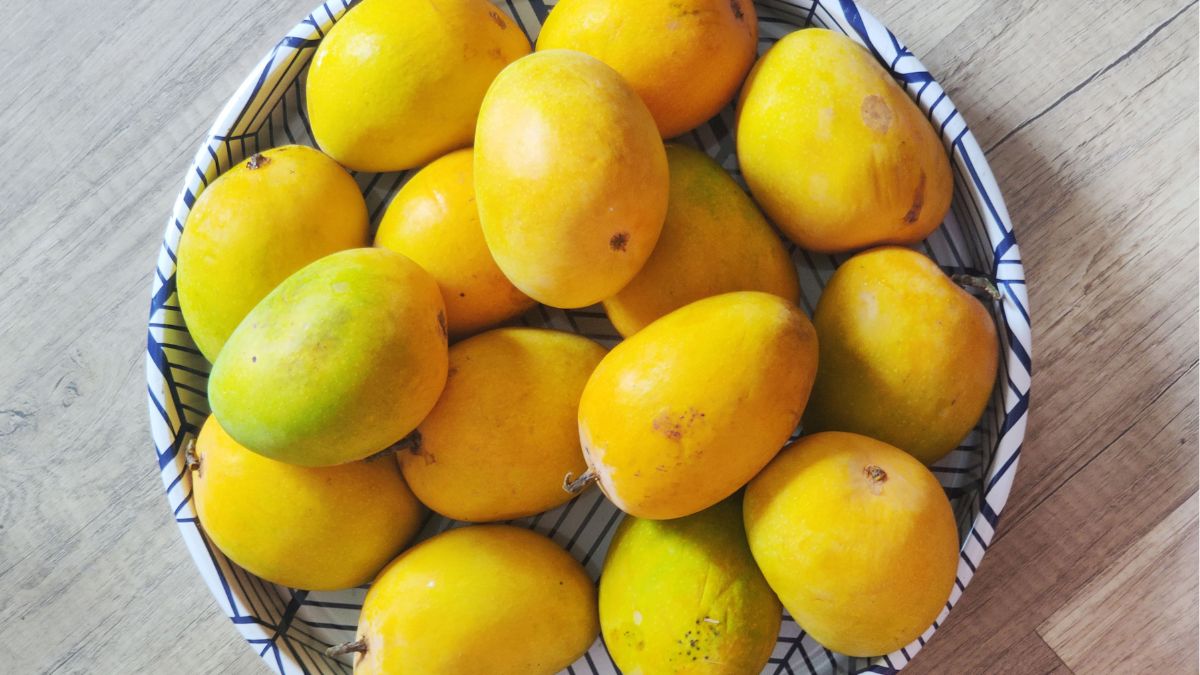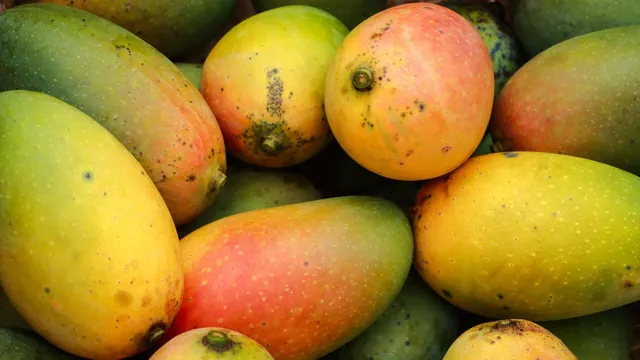- By Iram Hussain
- Tue, 22 Apr 2025 12:38 PM (IST)
- Source:JND
Ways To Identify Chemically Ripened Mangoes: As the summer season sets in, mangoes become a ubiquitous sight in markets everywhere. Mangoes are undoubtedly one of the most beloved fruits of the summer season and people revel in the delight of savouring them in various elaborate ways. Whether it's indulging in juicy slices, blending them into refreshing smoothies or incorporating them into decadent desserts, mangoes add a touch of sweetness and joy to the warmest months of the year. While some mangoes are sweet and juicy, others can be disappointingly tasteless.
As demand for the fruit surges, sellers and vendors capitalise on the opportunity to maximise profits. However, in their zeal to meet the demand for ripe mangoes, some marketers resort to artificially injecting them with chemicals to accelerate the ripening process. This ensures a steady supply of mangoes but raises concerns about the potential health impacts of consuming chemically ripened fruit. But don't worry! Here, we've compiled some easy ways that you can follow to identify chemically ripened mangoes.
Ways To Identify Artificially Ripened Mangoes
Check The Skin Colour
Artificially ripened mangoes often exhibit a uniform colour, appearing more yellow or orange than those that are naturally ripened with uneven colour and texture. These mangoes may also be shiny in appearance.
Smell Test
Naturally ripened mangoes exude a sweet and fruity aroma that's a hallmark of their ripeness. In contrast, chemically ripened mangoes often lack this distinctive scent, instead emitting a chemical or unusual odour. This noticeable difference in fragrance can serve as a reliable indicator of whether a mango has ripened naturally or with artificial assistance.
Check The Firmness By Touching
Mangoes that have been ripened with chemicals typically exhibit a softer and more mushy texture than those that have ripened naturally. This is due to the chemicals used in the ripening process which can break down the cell walls in the fruit, resulting in a loss of firmness and a softer texture that lacks the natural sweetness and juiciness.

Ways to check chemically ripened mangoes (Image Credits: Canva)
Dip Test
To determine if mangoes are naturally ripened, try the water test. Dip the mangoes in a bucket of water. If they sink, it's likely they've ripened naturally. Conversely, if they float, it may indicate they were harvested prematurely and artificially ripened as the injected chemicals can affect their density.
Check For Spots
Another simple way to distinguish between naturally ripened and chemically ripened mangoes is to check the colour of the spots. Naturally ripened mangoes usually develop brown spots whereas chemically ripened ones tend to have pale or white spots. Checking the spot colour can be a helpful way to determine if mangoes have been ripened naturally or with chemicals.
ALSO READ: Real vs Fake Alphonso Mangoes: 6 Ways To Identify Authentic Mangoes This Summer Season
ALSO READ: 5 Simple Ways To Check If Your Watermelon Is Real Or Fake

